Exclusive: How Blackmagic Design is Democratizing Color with Resolve
What can we look forward to with Resolve 12.5?
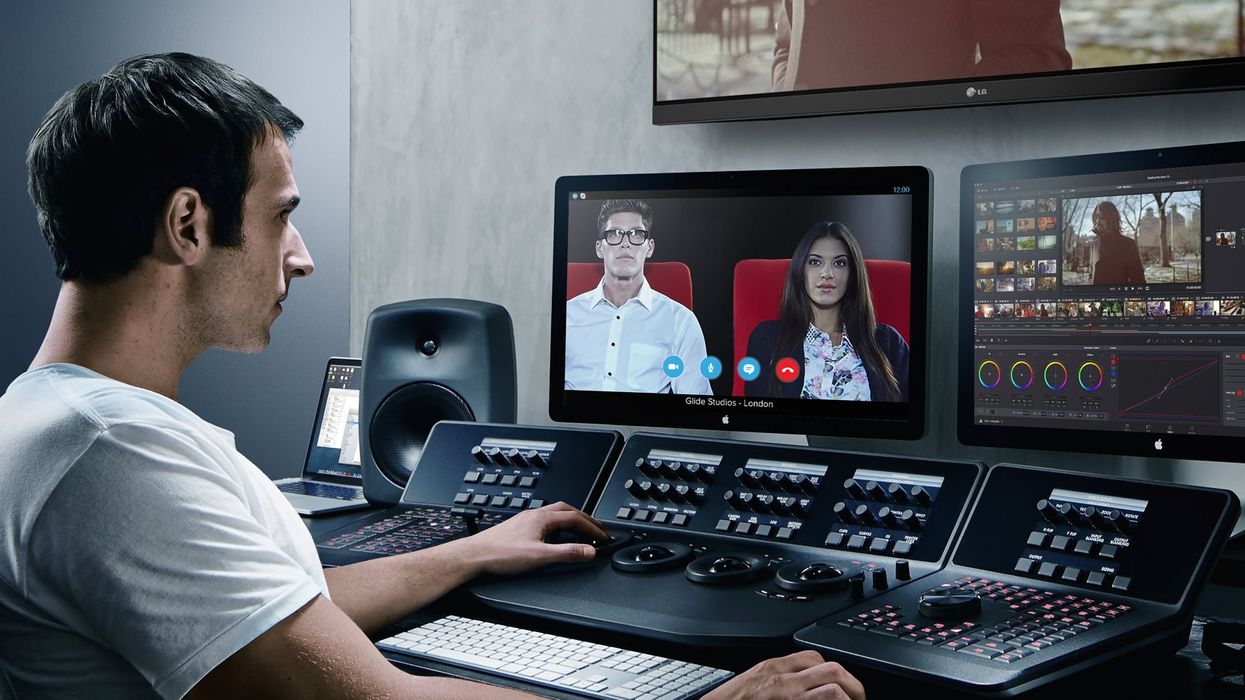
Resolve's 12.5 beta has been loaded with features that make the life of a colorist easier. Color is a crucial part of the process, and having multiple tools to affect the image enables colorists to address clients' needs in a rapid and varied manner.
It remains to be seen whether Resolve can make the jump to a full-fledged editing platform, but it's getting there: it was most recently the tool of choice for colorist Tony Ford for top Cannes contender The Lobster, which took advantage of the program's fundamental nodal workflow, Render Cache, and efficient tracking system.
Since Resolve was acquired by Blackmagic, its development has accelerated, each version rolling out tons of features and expanding the software beyond the capabilities of color grading.
No Film School spoke with Bob Caniglia, Senior Manager at Blackmagic, who had some insight into the company's philosophy and inner workings.
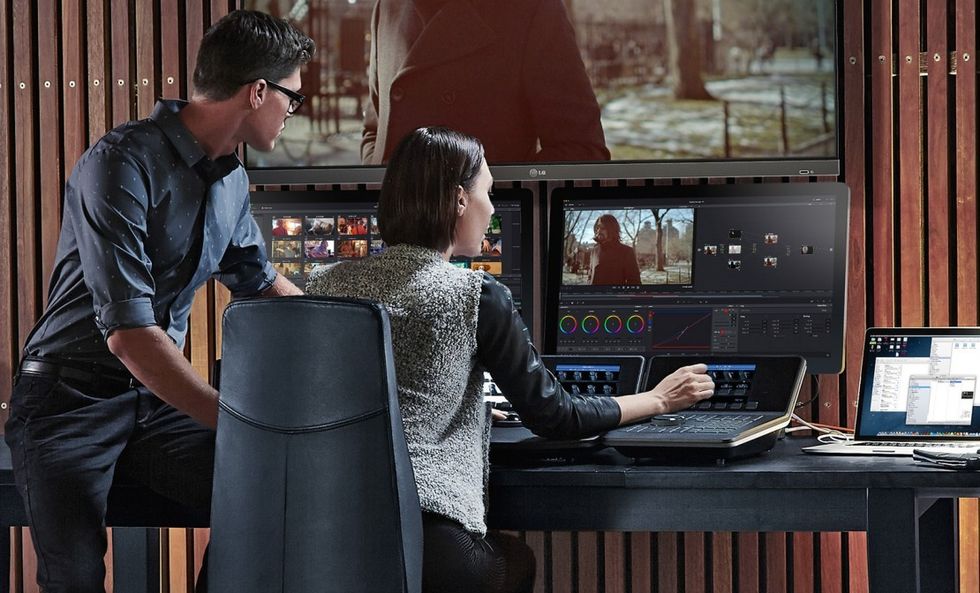
Democratizing the software
Caniglia was already working in sales at DaVinci before it was acquired by Blackmagic. He jokes that he "went from being the youngest guy in sales at DaVinci to being the oldest guy at Blackmagic." At the time of the acquisition, Blackmagic already owned a post-production facility in Singapore that ran two high-end Resolve stations, so Caniglia had an innate understanding of the business of color grading.
What works for a high-end colorist can also work for a director working on her first short film.
Transitioning from being a company that sold $350k-$500k hardware systems to offering free software required a change in vision for Resolve's potential. Caniglia says that since that change, they've added a tremendous amount of people.
"By that time, I already understood the high-end market by working with shops in New York and LA, but appealing now to the entire market is different and exciting in that we don't have to be so segmented," he said. In other words, what works for a high-end colorist can also work for a director working on her first short film.
But wouldn't a business model that gives away free software have financial challenges? "We offer Resolve for free just to get a filmmaker to start to use it," Caniglia said. "Resolve runs through and enables our entire product line, even in the switchers and camera shaders, where you have more control on a Resolve level than just lift, gamma, and gain. Even if people have the free version of the software, they generally buy some hardware to go along with it, whether it's a capture card or a Thunderbolt interface, so that's where we see the revenue."
"At this point, it would be a bit presumptuous to charge for something we're already giving away for free," added Caniglia.
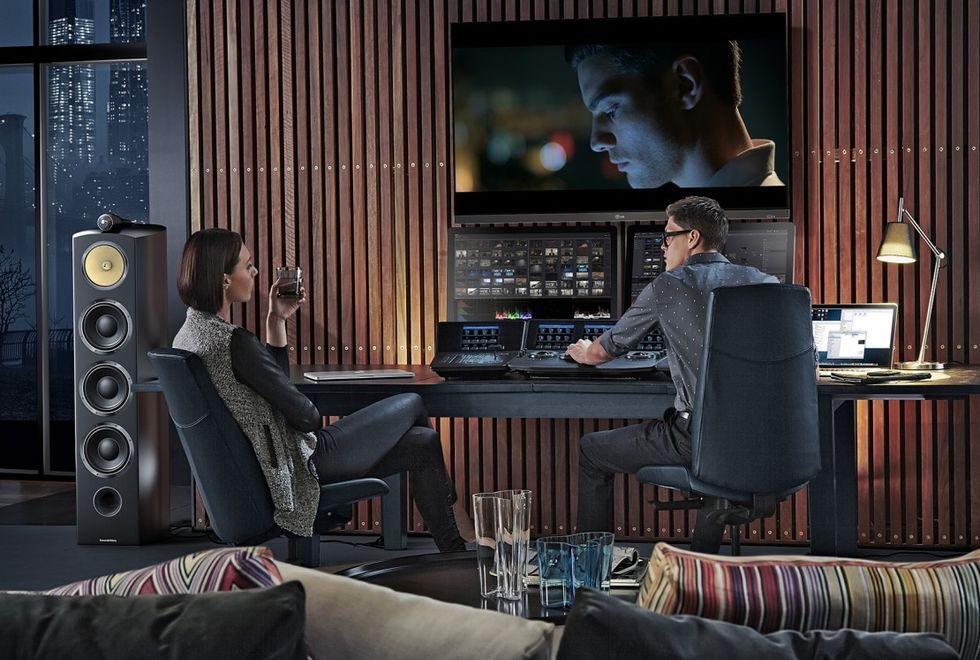
What's new: Live-grading, in-camera transcoding, a better UI
The free version is pretty unlimited compared to the paid Studio version, enabling filmmakers to bring a laptop on set to rough out grades for final polishing with a dedicated colorist later. "DPs can play around with looks and send the whole node tree to the colorist so they can see how they got a look, which is a more efficient workflow than just sending a still or screenshot," Caniglia said. Complementing on-set use is Resolve Live, which as the name suggests, can grade a signal from a live camera.
Resolve can also be used as a "utility knife" for transcoding and data management, to make proxies or convert formats.
Many of Blackmagic's cameras come with a full version of Resolve, capturing to formats that don't need transcoding for immediate editing. For all the different cameras and formats available, Resolve can also be used as a "utility knife" for transcoding and data management, to make proxies or convert formats.
Resolve has also progressively been featuring an enhanced design aesthetic. "We have a team that just works on interface, so the guys writing the hardcore feature stuff aren't really consumed with the design and layout," Caniglia said. "Resolve was the first product where we had guys concentrate on the UI as opposed to just the features. That's starting to show its true colors with Resolve 12.5 and the upcoming Ursa Mini release."
Some things never change
Though some of the changes in Resolve 12.5 are cosmetic, the core functionality hasn't changed, especially in the Color page.
"While Color has been dressed up some, it hasn't been significantly altered," Caniglia said. "The high-end guys who've been working on Resolve for a while now are used to a certain layout. They don't want to suddenly have things switched around on them."
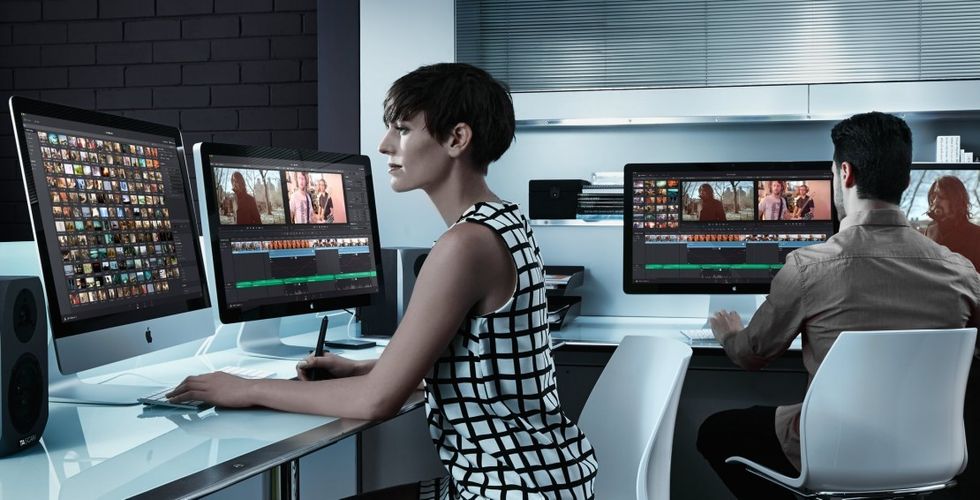
Blackmagic has also taken various filmmaker's backgrounds into consideration. For example, long-time Resolve users will remember a time when primary color wheels were not part of the interface, which was a holdover from Resolve's high-end days where hardware color panels were required. Curves and the new Temperature and Tint sliders will look familiar to anyone coming from a stills background. Colorists now take the J, K,and L navigation keys for granted, a functionality which wasn't always present.
"The playing field has been leveled as far as tools. You're not going to be judged by what you've shot on."
"We tried to add many ways to manipulate the footage, not to have just 'the Blackmagic way,'" Caniglia said, "so people could find the most comfortable and natural ways to work. The first step is never the last step. There is no last version of Resolve; it's always the next version."
Listening to filmmakers
Aside from the tech, it's important to consider feedback from the vast community of colorists and filmmakers who use the software when improving the platform. "Two years ago we had a lot of naysayers that thought Resolve would only develop to a certain level, but we've kept adding new features for editing and coloring as well as the recent interaction with Fusion."
To maintain continuity with the software, Blackmagic has maintained the same core group of developers since the early 2000s, and has a large feedback group it polls. "Blackmagic has relationships with colorists around the world at many different levels working on all sorts of projects," explained Caniglia. "We ask for feedback from them all the time. "
Often, these features have been minor keyboard shortcuts and program workarounds that pay off in large ways—like the ability to drag and drop footage into the software, which has saved me tons of time in my own sessions.
Focus on the story
Caniglia has unexpected advice for aspiring filmmakers. "We get questions all the time about which camera to buy as an indie filmmaker," he said. "It's hard to answer because it depends on the needs of each project. I always go back to the same thing: worry about the story."
"The playing field has been leveled as far as tools," he continued. "You're not going to be judged by what you've shot on. In the past, you might have dressed up the narrative because you thought you weren't using the right tools, but we're at a point where those are available to everyone. Focus on your story."
Tristan Kneschke operates Exit Editorial in New York City. Follow Tristan on Twitter.

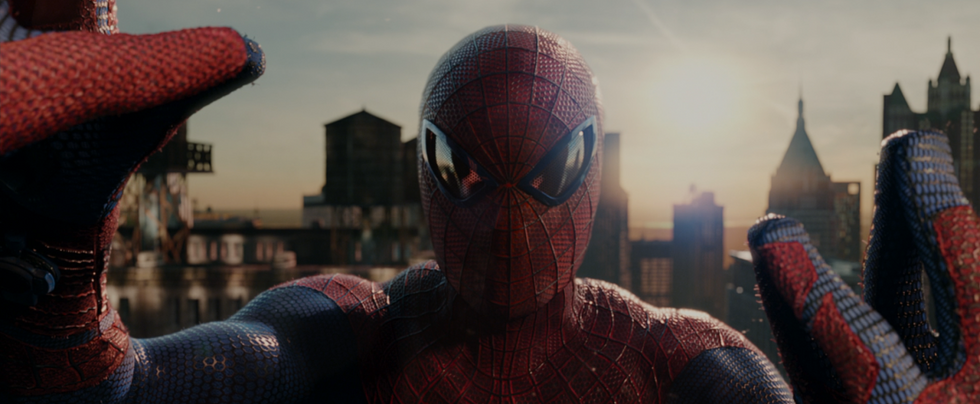 'The Amazing Spider-Man' (2012)
'The Amazing Spider-Man' (2012)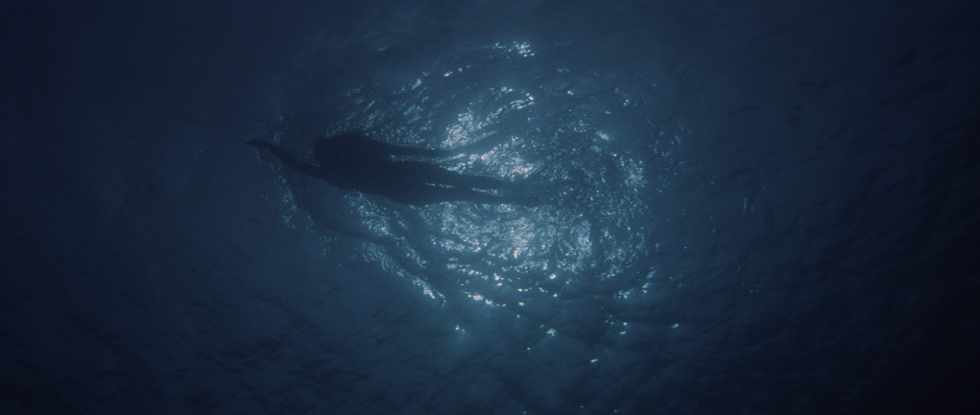 'Jaws' (1975)
'Jaws' (1975)









